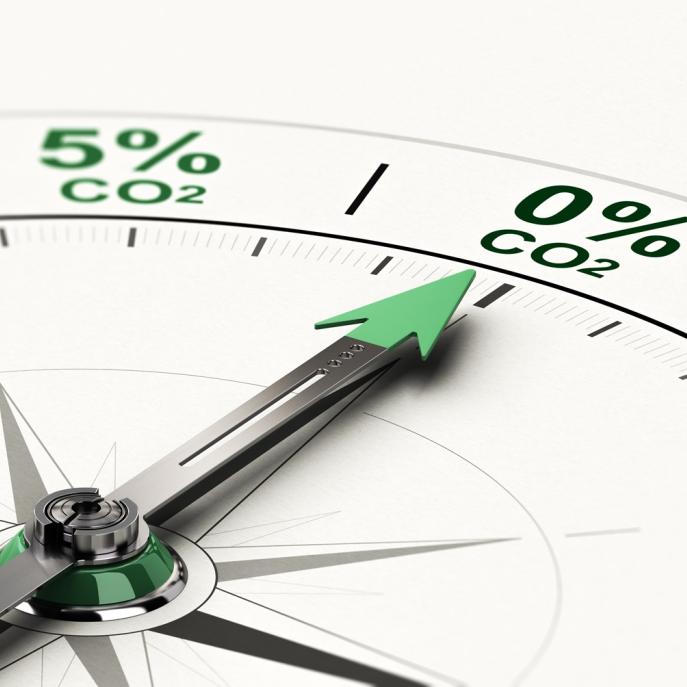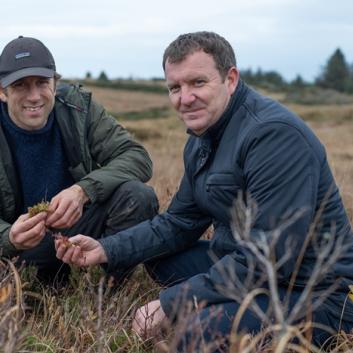Can we rely on carbon offsetting to reach net-zero goals?
Carbon offsetting is a method that enables companies, individuals, and countries to minimise their climate impact. An organisation or individual can purchase carbon credits to account for the carbon they emit due to their activities.
These carbon credits are obtained by investing in projects that reduce or remove carbon dioxide from the atmosphere, such as tree planting, restoring natural ecosystems, and protecting forests.
Carbon offsetting enables business leaders to consider their carbon footprint as a form of accounting. Their emissions are then their expenditure, and the carbon offsets they purchase act as their revenue.
Essentially, businesses should try to break even yearly to transition to net zero.
The idea of carbon offsetting was created by the United Nations when they realised the challenge of reaching net zero at the Kyoto Protocol in 1992.
Verified and certified carbon credits are traded at the carbon market, allowing companies, governments, and other organisations to address their greenhouse gas emissions.
What offsetting offers isn’t bad: renewable energy for poor communities and tree planting are great initiatives.
However, some argue that they are a distraction from meaningful climate change solutions and that offsetting fuels greenwashing and unsustainable behaviour.
There are also doubts that offsetting may not be entirely effective at cancelling out emissions.
Although tree planting is a popular choice and widely used, it is not a straightforward equation that would completely cancel carbon emissions.
For instance, a newly planted tree can take up to 20 years to capture the amount of CO2 a carbon offset scheme promises.
With this in mind, we would need to plant and protect a significant quantity of trees for decades to offset just a fraction of worldwide emissions.

According to calculations shared by the Massachusetts Institute of Technology (MIT), it would take 640 trees per person to account for all American emissions, which adds up to more than 200 billion trees.
To plant those trees, you need to find available and appropriate lands to start with, which would be a challenge in itself, not to mention keeping those trees healthy and alive for a long time.
Trees are more like time capsules for keeping carbon from entering the atmosphere since when they decay, they release most of the carbon they store.
Besides, newly planted trees must reach maturity before becoming formidable carbon sinks, need proper care and protection over their lifetime, and should be accounted for carbon release when decomposing.
Research has also determined that carbon offsetting may not be an effective sole strategy for tackling our carbon problem.
A study for the European Commission looked into the UN-sanctioned offset projects and discovered three-quarters of projects were unlikely to have resulted in additional emissions reductions.
Additionally, just 2 per cent had a high likelihood of being classed as additional.
There is also worry that carbon credits are being used as excuses to put off systemic reforms to produce green and clean energy.
Others have argued it doesn’t work at all since emissions levels are too high to possibly offset, and it is also challenging to calculate the real impact of offsetting programmes.
A Guardian-led investigation in 2023 unveiled that two-thirds of the most popular top 50 emission offsetting projects are overpromising and underdelivering on actual impact in terms of cancelling our emission.
The rest of the projects looked problematic or could not be determined definitively due to a lack of credible available data.
According to AlliedOffsets, the most comprehensive emissions trading database, these popular global offsetting programs span twenty countries, dominantly in developing regions, including forestry schemes, hydroelectric dams, solar and wind farms, waste disposal and greener household appliances schemes.
However, a vast number of these carbon offsetting schemes do great work for important causes like protecting wildlife, providing developing countries with energy-efficient technology and investing in green energy.
There are also promising innovative solutions for capturing carbon, like producing biochar, turning carbon dioxide into energy, and capturing carbon into concrete or storing it in rocks.
A new area to explore is how to embrace ocean-based solutions in carbon offsetting.
New research commissioned by the High Level Panel for a Sustainable Ocean Economy (Ocean Panel) shows that ocean-based climate solutions can deliver up to 35% of the annual greenhouse gas emission cuts needed in 2050 to limit global temperature rise to 1.5 degrees C.
These include ocean-based food production, renewable energy, reduction of transport, and embracing blue carbon ecosystems (mangrove forests, seagrass meadows and tidal marshes) that can store up to 5 times more carbon per area than tropical forests and absorb it from the atmosphere about three times as quickly.
Considering the pros and cons, it seems that carbon offsetting is more of a plaster than a cure for the problem.
We need these kinds of actions, but we also must recognise that carbon offsetting cannot solve our carbon issue alone.
Efforts should be focused on drastically reducing emissions while keeping the world’s forests and other ecosystems healthy and growing.
Headline image: Getty Images
This article is published in collaboration with the Profit with Purpose Magazine.
To read more insights regarding carbon management, you can download the latest digital edition of the magazine that further explores topics such as carbon offsetting, regulations and more.

















